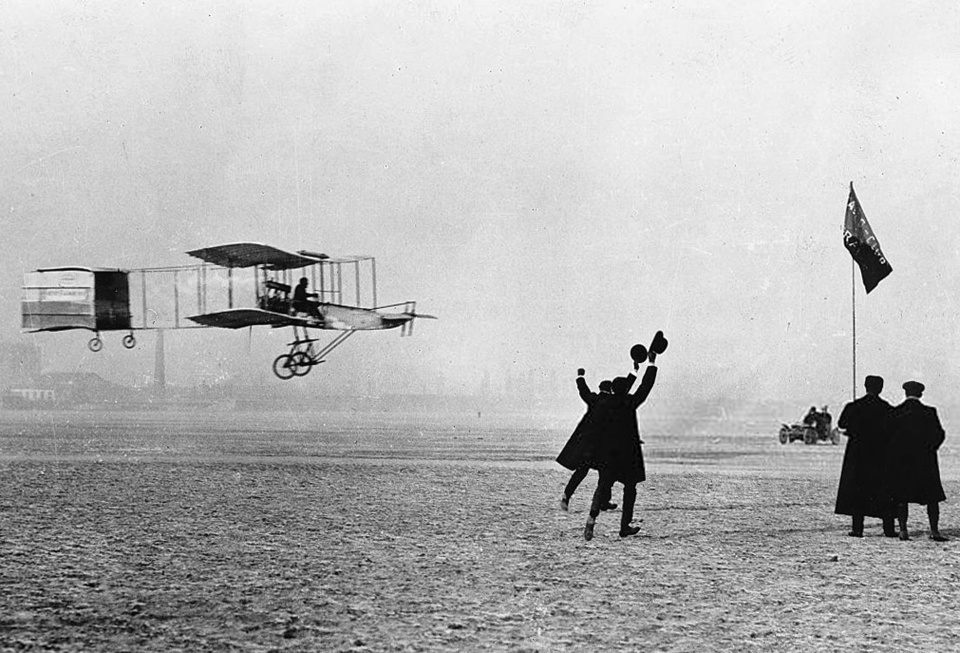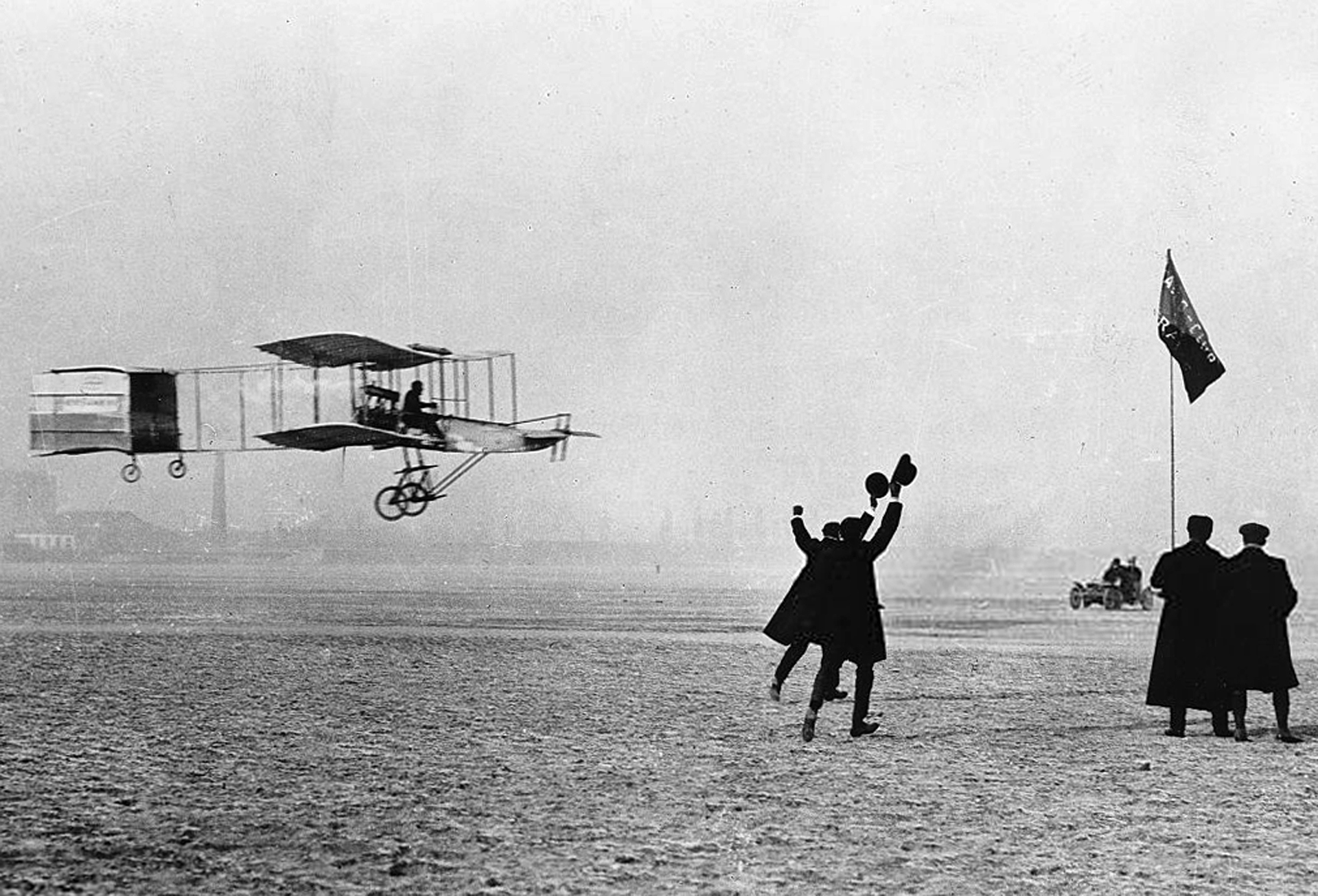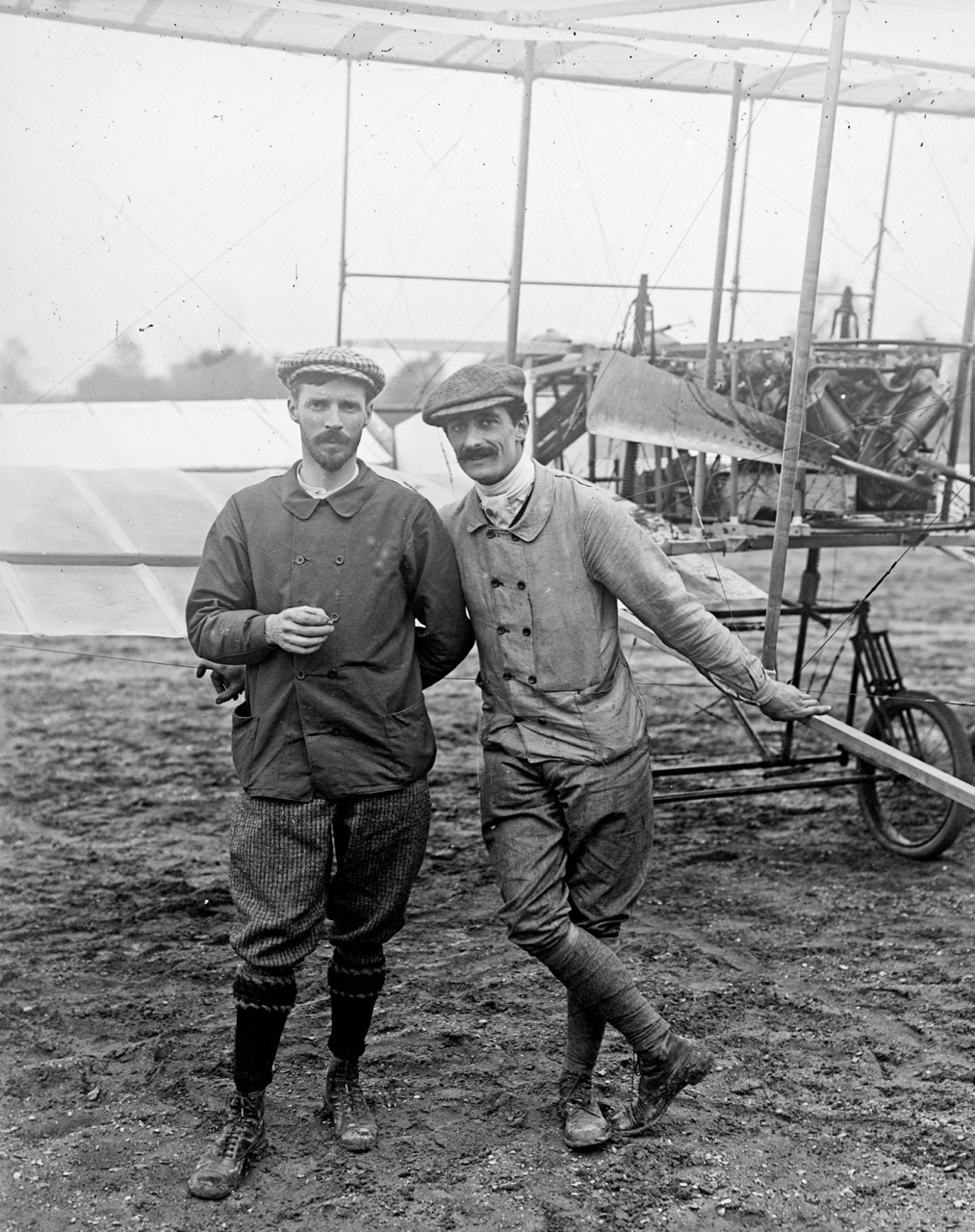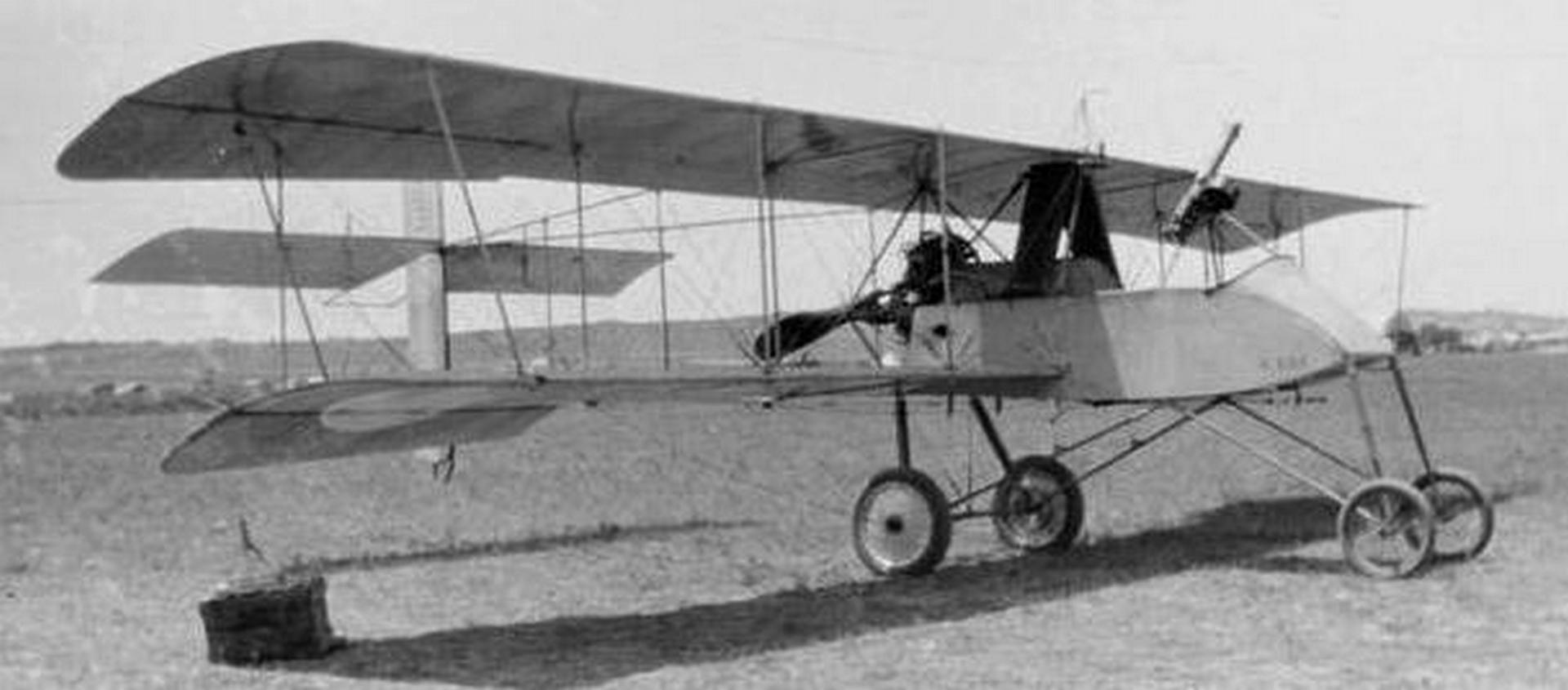Gabriel Voisin: The Aviator Who Became an Automobilist

Gabriel Voisin: The Aviator Who Became an Automobilist
(On the 145th Anniversary of His Birth)
He was born on February 5, 1880, in the town of Belleville-sur-Saône, in eastern France. Gabriel Voisin was two years older than his brother Charles, with whom he had a very warm relationship from early childhood. Their father left the family early, and their mother, Amélie, moved the boys to Neuville-sur-Saône. There, their grandfather, Charles Forestier, owned a small metalworking factory. He took on the responsibility of raising and educating the boys, sparking their interest in technology.
Their grandfather’s wealth allowed Gabriel to receive a solid education. After completing his studies at the School of Fine Arts in Lyon in 1899, he graduated from an engineering school in Paris. His professors noted his talent for technical design.
The young specialist began working at the Parisian architectural firm Godefroy & Freynet. He became fascinated with aviation in 1900 after seeing models and designs of flying machines at the Paris International Exhibition. In the spring of 1905, at the request of a wealthy lawyer and aviation enthusiast, Ernest Archdeacon, Gabriel built a glider, modifying a design inspired by the Wright brothers. As a precaution, they decided to test it without a pilot, placing ballast in its place. The caution proved wise: when Archdeacon began towing the glider with his car, part of the structure broke off, and the glider crashed.
Despite this initial setback, Gabriel did not lose his enthusiasm for aviation. He continued building gliders for Archdeacon and Louis Blériot with varying degrees of success. On June 8, 1905, Voisin successfully tested a glider equipped with floats.
Gradually, he gained confidence in his abilities. On November 5, 1906, Gabriel and his brother Charles founded the company Appareils d’Aviation Les Frères Voisin. Based in the Parisian suburb of Boulogne-Billancourt, it became the world’s first commercial aircraft manufacturing enterprise.
The first aircraft was designed by Gabriel and improved by Henri Farman, entering history as the Voisin-Farman I. The trials began on February 28, 1907, but initial attempts to take off failed due to design issues. After a month of modifications, Charles successfully flew the aircraft on March 30, completing three flights. After further refinements, the aircraft entered serial production, with over 60 units built—an impressive commercial success for its time!
A great tragedy struck Gabriel on September 26, 1912. Charles died in a car accident. He was not only Gabriel’s blood relative but also his best friend and a trusted business partner. Overcoming his grief, Gabriel continued their family business.
By the start of World War I, Voisin’s company had earned a solid reputation. It had developed over a dozen aircraft types, both independently and on commission. In 1914, Gabriel designed the Voisin III, a biplane with a pusher engine. It was a reliable and easy-to-fly aircraft, simple to manufacture. Used as a reconnaissance and light bomber aircraft, it was widely adopted by the Entente countries during the war. Licensed production was established in the Russian Empire, including at the Arthur Anatra factory in Odesa. The total production of this aircraft family exceeded 1,350 units.
During the war, Gabriel continued to work diligently on military aircraft designs. He developed eight new aircraft models, though most remained prototypes or had limited production runs, such as the four-engine heavy bomber Voisin XII. However, some models, like the Voisin X reconnaissance bomber, achieved commercial success, with nearly 900 units built.
By nature, Gabriel was a non-confrontational person, and as he grew older, his pacifist views strengthened. He also believed that post-war aircraft demand would decline, so he sought a new business direction. After World War I, Gabriel left aviation and focused on designing exclusive automobiles, founding Avions Voisin. In this field, he achieved significant success and continued working until his retirement in 1958.
Leaving behind the bustling life of Paris, Gabriel settled in the quiet village of Ozenay on the banks of the Saône River with his second wife, Henriette, who was 30 years younger. He was respected by the locals and spent much of his time writing memoirs.
Gabriel Voisin lived a long life and passed away on December 25, 1973.
Rostyslav Marayev

 Fan-page
Fan-page Youtube
Youtube TikTok
TikTok Aviamuseum
Aviamuseum State Aviation Museum
State Aviation Museum






